Rajnagar – Land of terracotta temples
In the land of terracotta temples Rajnagar holds a pleasant surprise. This quaint little town is home to the mosque that boasts of terracotta embellishments which can give competition to some of the best temple art in Bengal.
According to some historians, Rajnagar, near the Bengal-Jharkhand border, was the oldest capital of Hindu rulers in the area. In the 18th century the place came under Mughal administration ruled by Muslim zamindars known as Nagar-raj.
In the book A Statistical Account of Bengal W.W. Hunter gives a vivid description of this place. Then known as Lakhmore, Rajnagar served as the gateway of Bengal for invaders. Legend has it that a king named Veer Singh ruled over this area and protected residents from the tyranny of Pathan invaders.
Later, two Pathan warriors — Assadullah Khan and Jonad Khan — became close to the king and even won a place in his cabinet.
However, the duo conspired with the help of the queen and killed Veer Singh, thus establishing Muslim rule in Rajnagar.
Jonad Khan’s grandson Bahadur Khan had good relations with Murshid Kuli Khan and gradually achieved autonomy for his kingdom.
The Khans’ misfortune began after the battle of Plassey, as the East India Company shifted its administrative office to Suri. Gradually Rajnagar, once a political hub of the district, turned into a ghost city in the beginning of the 20th century.
You can start the tour of Rajnagar from Motichur Masjid. Nowhere else can a mosque be found with terracotta tiles of such intricate floral designs.
The Hindu influence is palpable at first glance, as the walls seem to be lifted from the temples in Bishnupur. No foundation tablet can be found in the mosque.
In 1923, Nandalal Bose, the then principal of Kala Bhavan in Visva-Bharati, took his students for an educational tour to this place and camped just next to the mosque for several days to study its panels.
It is said that a political prisoner on the run once threw a dead dog inside the mosque and since then the mosque came to be regarded as unholy.
There are six doors in the front and the wall of the roofless mosque is extensively decorated with floral designs. Out of the six doors, only three are operational.
According to some historians, there were six domes on the top, but today only two exist. The details of brick works on the inside walls mainly reflect Islamic signs and symbols. The arches above the closed gates are adorned with several terracotta panels.
You may visit the broken, shabby Imambara situated near Haattala maidan on our way back. This double-storeyed building is now just a shadow of what once used to be a gorgeous piece of Hindu-Islamic architecture. The ruins are not too safe for one to roam inside.
Next to the Imambara is a water body called Kalidaha that houses a dilapidated pleasure chamber. Legend has it that there used to be a Kali temple established by a Hindu king. It was deserted when Muslims invaded the place.
According to folklore, the Kali idol was washed away by a flood and was later restored in another village named Birsinghapur, where it is still worshipped as Magadheshwari Kali. On the left side of the waterbody the remains of a palace, with two massive pillars, stands as a reminder of the glorious past of Rajnagar.
How to go?
Rajnagar is an hour’s drive from Suri. The place can also be visited from Bolpur, which is 36km from Suri.
By train: You can take a train (like the Hool Express, Mayurakshi Express) from Howrah and return on the same day.
By car: You can also hire a car from Suri or Bolpur to reach Rajnagar.
Where to Stay?
There are some modest eateries at Rajnagar. Suri has some AC restaurants and hotels as well.

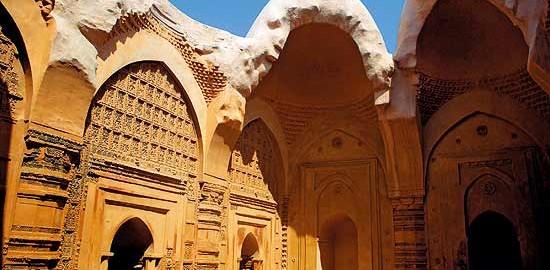
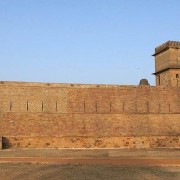
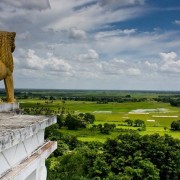
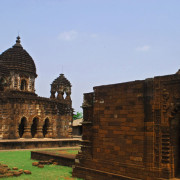
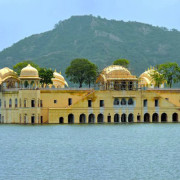
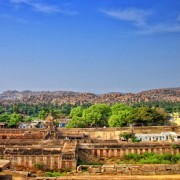
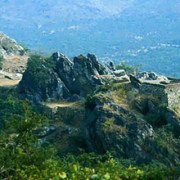
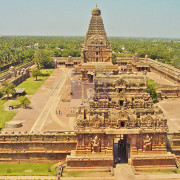
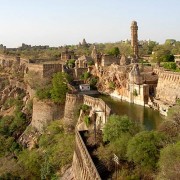


Leave a Reply
Want to join the discussion?Feel free to contribute!